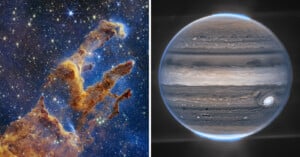
The 10 Best James Webb Space Telescope Photos (So Far)
The James Webb Space Telescope just celebrated its second birthday, having started service on July 12, 2022. Here are Webb's 10 best photos so far to mark the occasion.

The James Webb Space Telescope just celebrated its second birthday, having started service on July 12, 2022. Here are Webb's 10 best photos so far to mark the occasion.
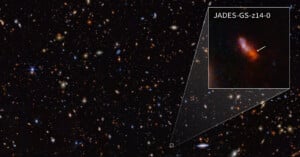
The James Webb Space Telescope (JWST) has been busy peering into the distant reaches of the Universe, otherwise known as the "Cosmic Dawn." This period when the Universe was only a few hundred million years old is a treasure trove of information about how galaxies evolved when the Universe was very young.
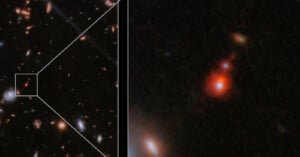
An international team of astronomers using the James Webb Space Telescope (JWST) detected the most distant black hole merger ever observed.
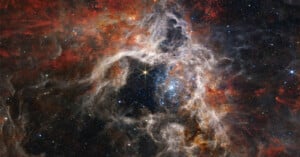
Following the journey of the James Webb Space Telescope and the brilliant minds who made it possible, Deep Sky is a new IMAX film hitting theaters tomorrow, April 19. PetaPixel chatted with one of these brilliant minds, NASA's Matt Mountain, who has worked on the Webb team since 2002.
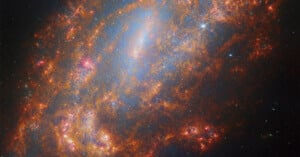
As scientists continue to use the James Webb Space Telescope (JWST) to do incredible things, like find the first direct evidence of a neutron star in a nearby supernova remnant, it also generates many beautiful images that are easy for anyone to appreciate. That's where the monthly Webb Picture of the Month comes in. This month's new photo is of the barred spiral galaxy NGC 1559.
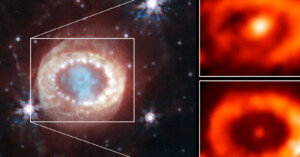
Scientists using the James Webb Space Telescope (JWST) have made a monumental discovery, finding evidence for a neutron star at the heart of a young supernova remnant.
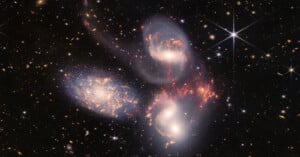
The Hubble Space Telescope (HST) upended beliefs about the fundamental nature of the Universe, delivering evidence that the Universe was not slowing down, as gravity seemingly implied it must be, but expanding. 25 years later, the James Webb Space Telescope (JWST) can help scientists make another breakthrough.
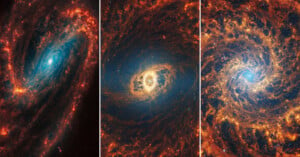
The James Webb Space Telescope captured images of 19 nearby spiral galaxies as part of its long-term Physics at High Angular resolution in Nearby GalaxieS (PHANGS) program.
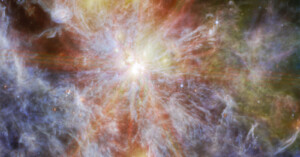
The James Webb Space Telescope set its sights on a region of ionized interstellar atomic hydrogen in the Large Magellanic Cloud (LMC) this week, delivering one of Webb's most colorful photos yet.
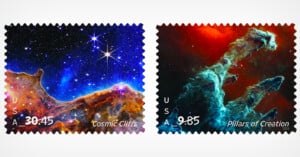
NASA and the United States Postal Service (USPS) have teamed up on two new Priority Mail stamps that celebrate the James Webb Space Telescope (JWST/Webb).
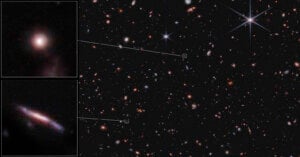
While the James Webb Space Telescope has been busy helping scientists solve some of the greatest mysteries of the early Universe, the powerful telescope has also found that many distant galaxies have flattened oval disk and tube-like shapes, unlike the spiral and elliptical structures that are more typically seen in closer galaxies.
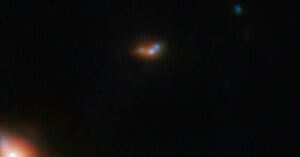
While the James Webb Space Telescope (JWST) has delivered many beautiful images, its primary mission is to probe the early Universe and help humanity solve some of the most significant questions it faces. Webb has delivered on this promise by revealing, for the first time, what is in the local environment of galaxies in the very earliest days of the Universe.
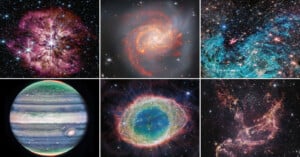
The James Webb Space Telescope (JWST) has wrapped up its first full year of scientific operations, and beyond "breaking" cosmology, the telescope has also delivered some of the most spectacular photos of deep space ever seen.
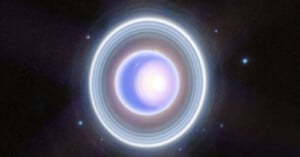
The James Webb Space Telescope has an early Christmas present for space enthusiasts: A stunning new photo of the ice giant Uranus.
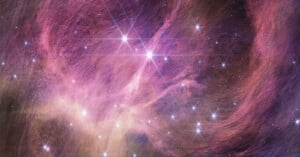
Even as telescopes and observatories uncover more details about space, it remains mysterious. One puzzle revolves around the "smallest object that can form in a star-like manner," according to NASA. With the help of the James Webb Space Telescope, scientists have identified a new record holder for that category: a free-floating brown dwarf.
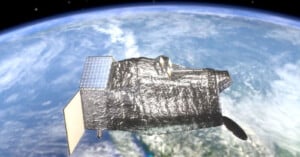
Although the Hubble Space Telescope has had a heck of a run, it cannot last forever. Astronomers have been planning for Hubble's retirement for many years, and a Canadian telescope called CASTOR may be the best candidate to fill the inevitable void in ultraviolet space exploration.
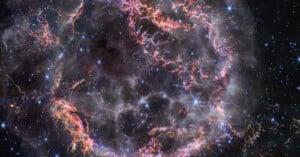
In April, the James Webb Space Telescope kick-started a new era of investigation into Cassiopeia A (Cas A), a prototypical supernova remnant that has been the subject of extensive study by numerous telescopes. Today, researchers shared another view of Cas A that has stunned astronomers.
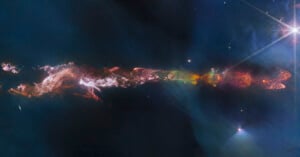
Among the most incredible spectacles in deep space are Herbig-Haro (HH) objects: bright patches of the interstellar medium associated with newborn stars, also known as protostars. Webb has imaged HH 797, capturing one of the best images of a Herbig-Haro object.
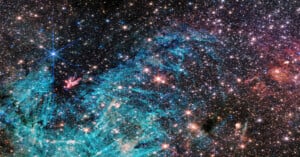
The latest image from the James Webb Space Telescope reveals an incredibly dense region of the center of the Milky Way galaxy in unprecedented detail, showing never-before-seen features of Earth's neighborhood that astronomers still cannot explain.
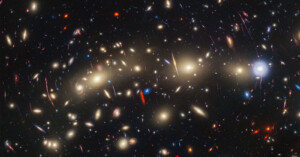
Despite the somewhat familiar narrative that the James Webb Space Telescope has been built to supplant the aging Hubble Space Telescope, the two orbiting observatories regularly collaborate. Scientists have now combined data from Hubble and Webb to create the most colorful view of the Universe ever.
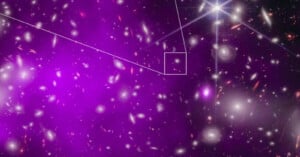
By combining data from NASA's Chandra X-ray Observatory and the James Webb Space Telescope, astronomers have discovered the most distant black hole ever detected in X-rays.
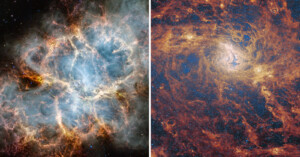
It has been a busy week for the James Webb Space Telescope. Fresh images of the Crab Nebula and the Messier 83 spiral galaxy have been shared, showcasing incredible new views of the cosmos.
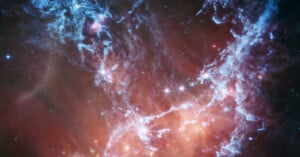
Among the James Webb Space Telescope's many scientific objectives are providing astronomers and physicists unprecedented looks at areas where stars are being born. These stellar nurseries are not only of great scientific importance, but they are also visually spectacular.
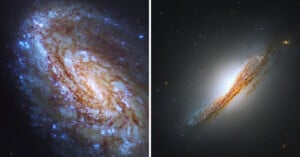
Each day this week, NASA has been publishing a new galaxy image captured by the venerable Hubble Space Telescope. In addition to sharing fascinating information about some of the most interesting galaxies in the universe, each post has also been a visual treat.
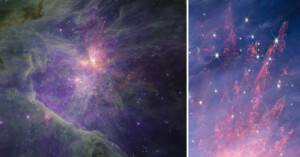
The James Webb Space Telescope (JWST) has captured new images of the Orion Nebula that are visually stunning and a treasure trove for astronomers that shows cosmic objects that defy explanation.
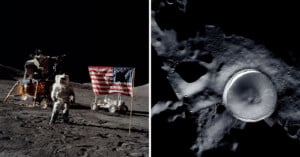
National Geographic's special Space issue is available now, full of amazing stories and images all about space. From articles about how the James Webb Space Telescope is rewriting astronomy and astrophysics to humankind's return to the Moon as part of the NASA Artemis mission, the NatGeo space issue has something for everyone with interest in the universe.
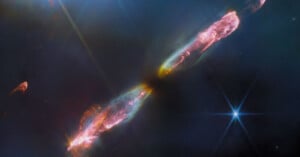
The James Webb Space Telescope (JWST) has captured an image of Herbig-Haro 211 that is an "infantile analog" of the Sun when it was just a baby star with a mass of about one-twelfth the present-day Sun.
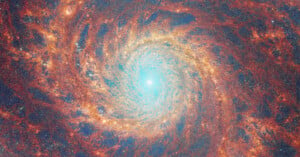
The James Webb Space Telescope's Mid-InfraRed Instrument (MIRI) and Near-InfraRed Camera (NIRCam) have captured the graceful, well-defined bending arms of the grand-design spiral galaxy M51, also known as NGC 5194.
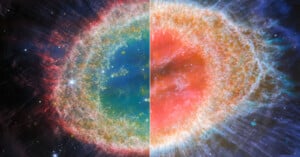
The James Webb Space Telescope has observed the Ring Nebula in spectacular, unprecedented detail using its Near-InfraRed Camera (NIRCam) and Mid-InfraRed Instrument (MIRI) imagers.
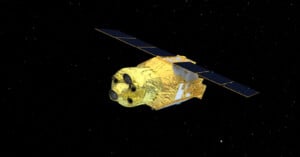
Like all cameras, the sophisticated imaging instruments used in telescopes detect wavelengths of light. While some telescopes see in visible light, as human eyes do, others work in wavelengths that people cannot see.